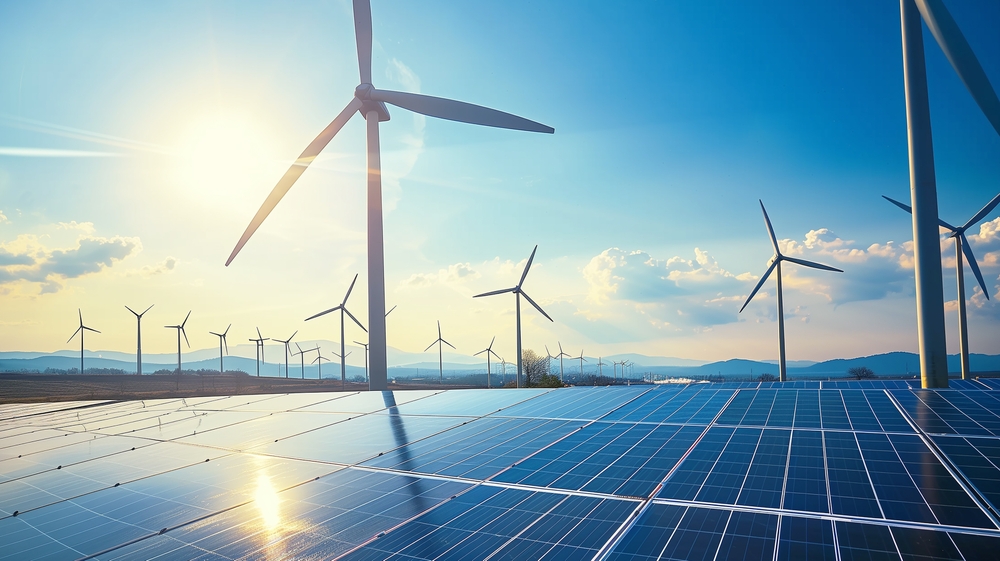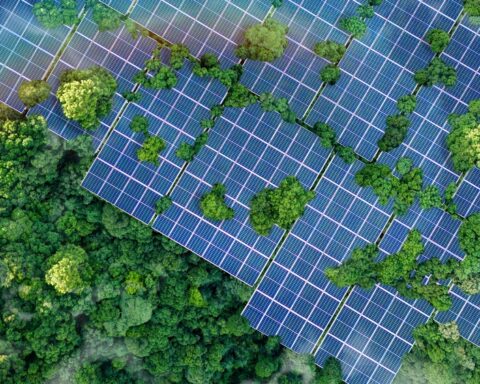Are you sitting on the fence about going solar, wondering if you’ve already missed the boat on those juicy tax breaks and rebates? The good news is, you haven’t. But the window’s closing fast. 2025 marks a pivotal moment for solar energy incentives—some are phasing out, others are shrinking, and a few are still going strong if you act soon. For those who’ve been procrastinating or just plain overwhelmed by the alphabet soup of solar programs, now’s your last call to plug into serious savings.
The Federal Solar Investment Tax Credit (ITC): Still Alive (For Now)
The ITC is the crown jewel of solar incentives. It gives homeowners a dollar-for-dollar reduction on their federal income taxes based on a percentage of the cost of their solar installation. In 2025, it’s still sitting at a generous 30%—but it won’t last forever.
- Expires for residential installs after 2034: But don’t get comfortable. The percentage may drop in coming years depending on legislative changes.
- Covers more than just panels: Batteries, wiring, inverters, and labor costs are included.
- No income cap: Anyone who pays federal income taxes can claim it.
- Carryover friendly: If your tax bill isn’t high enough to use the whole credit in one year, you can roll it over.
Why it matters now: There’s no guarantee the 30% rate sticks around. Policy winds shift fast. The earlier you install, the more you lock in.
State and Local Rebates: Use ‘Em or Lose ‘Em
While the ITC gets all the press, your state or city may be quietly offering you hundreds—or thousands—of dollars in local perks. These often work in addition to the federal credit.
- Upfront cash rebates: Some utilities or state energy offices cut you a check just for installing solar.
- Property tax exemptions: Your solar system may boost your home’s value, but many states make sure it doesn’t boost your property taxes.
- Sales tax waivers: Several states exempt solar panels and related equipment from sales tax altogether.
You can check your state’s current offerings through the DSIRE database, a goldmine of updated incentive info.
Warning: State budgets aren’t bottomless. Many local programs operate on a first-come, first-served basis, and once funds run dry for the year, that’s it.
Net Metering: The Meter is Running Out
Net metering allows you to sell excess solar power back to the grid, effectively spinning your electric meter backward. It’s a key incentive that helps solar systems pay for themselves faster—but it’s on shaky ground.
- Still active in many states, but rules are tightening.
- Compensation rates may change: Some utilities are moving toward time-of-use rates or lower reimbursement.
- Legacy grandfathering may apply: Installing now could lock in more favorable terms for a decade or more.
Translation: If your state still offers full retail net metering, grab it before utilities slam the door shut.
Battery Storage Rebates and Credits: The Quiet MVP
As the grid becomes less reliable and more people seek energy independence, battery storage is booming. And thankfully, so are the incentives.
- Federal ITC covers batteries, whether installed with solar or added later.
- Some states offer standalone battery rebates, including California, Massachusetts, and New York.
- Time-based incentives: Certain areas offer payments for letting the utility pull energy from your battery during peak demand.
With wildfires, storms, and power outages on the rise, batteries are becoming less of a luxury and more of a smart hedge. And right now, they’re getting financial backup.
SRECs and Performance-Based Incentives: Cash for Your Kilowatts
If you live in a state with a Solar Renewable Energy Certificate (SREC) market or similar program, you can get paid for the clean energy your system generates.
- Earn one SREC per 1,000 kWh of solar production.
- SRECs can be sold on an open market, often fetching hundreds of dollars apiece.
- Available in states like New Jersey, Pennsylvania, and Maryland.
Performance-based incentives like these aren’t tied to your installation cost but to how much energy you actually produce. And yes, that means long-term passive income for just being sunny.
Low-Income and Community Solar Programs
You don’t need to own a home—or even a roof—to go solar in 2025.
- Community solar farms let renters and apartment dwellers subscribe to a portion of a shared solar array.
- Low-income solar programs help eligible households get free or subsidized panels.
- No-maintenance models: Some third-party providers handle the setup and upkeep while you save on your bill.
These programs are expanding rapidly, but they often fly under the radar. If you qualify, they can offer some of the best savings with little to no upfront cost.
Deadline Watch: What’s Likely to Vanish Soon
The following incentives are either set to expire or may be dramatically reduced within the next couple of years.
- State rebates with limited budgets: These can be gone mid-year depending on demand.
- Net metering grandfather clauses: Utilities may cut off favorable terms for new customers in 2025 or 2026.
- SREC eligibility: Some markets are closing to new participants.
- Bonus incentives for early adopters: Some programs give larger payouts to the first wave of installs.
If you’re planning to wait until 2026 or later to install solar, be prepared to lose out on some of the more generous offers available today.
So, Is It Still Worth It?
Short answer: yes. Long answer: definitely, especially if you move soon.
Solar technology is cheaper than it’s ever been, and incentives are still plentiful—for now. But the sun doesn’t wait, and neither do utilities or tax offices. As policies shift toward long-term grid modernization, many of these legacy incentives are being phased out or restructured.
If your goal is to slash your energy bills, shrink your carbon footprint, and score some sweet tax credits in the process, 2025 is still a very solid year to get it done.
What Smart Solar Shoppers Are Doing Right Now
Here’s how you can make the most of what’s left.
- Schedule a home solar assessment before fall, when installer demand spikes.
- Stack local and federal incentives to maximize returns.
- Ask about battery add-ons, especially if your area offers bonus credits.
- Get written confirmation of net metering or SREC eligibility.
- Don’t wait until December—the permitting and installation process can take weeks or months.
Last Rays of Opportunity
2025 isn’t the end of solar incentives—but it may be the end of the golden era. If you’ve been eyeing a rooftop system or wondering if a battery backup is finally worth it, this is your nudge. The solar incentives still available today are meaningful, but many are on a countdown.
The sooner you act, the more you can claim—and the better positioned you’ll be before the sun sets on some of the biggest energy savings of the decade.





